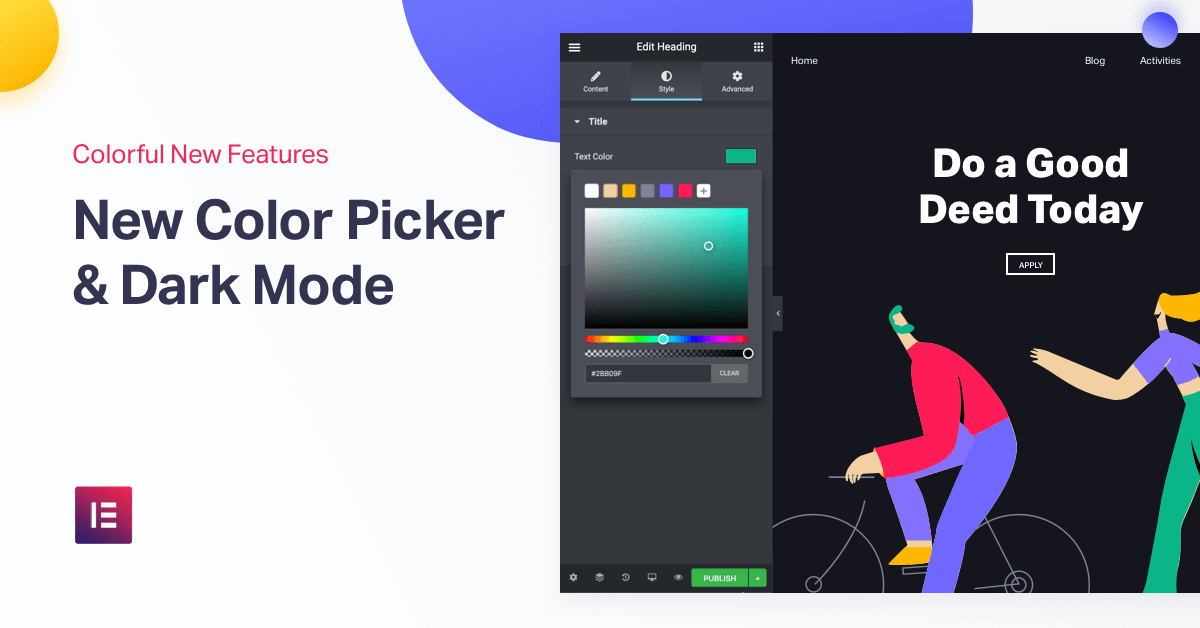
Or you can click on them and select a color from the color chooser. You can drag the handles to change the length of each shade of color. To do so, we're going to go to Window>Color>Swatches.Ĭlick the Options menu and select New Color Swatch. You can create your own gradients and add them to your swatches. You can select the location and angle as well. Use the Type drop-down to select either radial or linear. Below is an example of a radial one.Īs you can see, the gradient goes from yellow in the center, to orange at the edges. The first example we showed you is a linear gradient. Here you can select whether you'd like a radial gradient or a linear one. Let's take a closer look at the Gradient panel.

To create a gradient fill, make sure the object you'd like to apply it to is has been selected, then expand the Gradient panel (Window>Color>Gradient). Below is an example of a gradient that goes from yellow to orange.

Creating and Working With GradientsĪ gradient is a transition between different colors, or even between different shades of the same color. You can also drag a color from the color boxes or the Color panel to the Swatches panel. Spot, when combined with process, can turn into five or six color printing. In printing, this includes colors that are matched to colors used in printing, like for a logo that has to be exactly the right shade of blue. In printing, process is four color printing (CMYK). Uncheck this if you want to give your swatch its own color. By default, the Name with Color Value will be checked. To add a new swatch, click the Options menu. To load the color swatches, click Swatches on the right side of the screen. You can use the sliders in the center to pick a color range, then pick a color in the Select Color box. To use the Adobe Color Picker, double click a color box: The box with the red diagonal line means no color. To change a color using the Color Panel, click a color box, use a slider, enter specific values, or click a color in the spectrum. Now, you can select from several sliders. In the snapshot, you can see the RGB sliders, since we're working in the RGB color mode. You can use sliders, spectrum colors selectors, a grayscale ramp, and you can create a color ramp for current fill and stroke colors too.Ĭlick on the Color panel on the right side of your screen. Using the Color Panel, you can create different colors and save them. You can store colors that you use frequently in InDesign so you don't have to constantly look for them or match them to a previous instance.


 0 kommentar(er)
0 kommentar(er)
